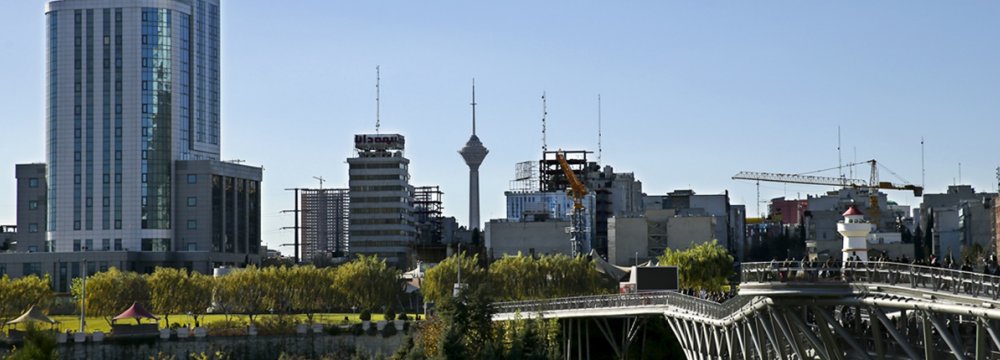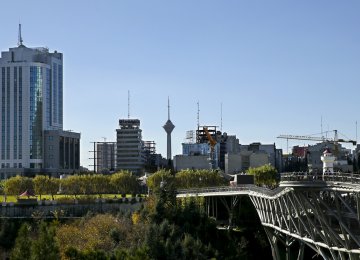If I were to advertise an opening for the mayor of a typical city in Iran, I would be writing “dynamic individual wanted, must have a deep understanding of public-private partnership, manage day to day operations of the city to achieve sustainable development, understanding of the branding process is appreciated.”
Across Iran hundreds of city councilmen and councilwomen are engaged in choosing a mayor for their communities. Recent years have demonstrated the increasing significance of mayoralties across country as Iran’s economy gradually starts integrating with the global economy. As such, the most important mayoral office is in Tehran.
Mayors across Iran, and not just in Tehran, are about to play a major role in the national development process.
Even within a national economy sub-sectors and local economies vary when it comes to natural resources, tourist attractions, infrastructure investments, consumption patterns and seasonal cycles. Iran is no exception.
Iran’s urban areas include diverse metropolitan centers, encompassing winter resorts and tropical climate. Local governments can and must employ this diversity to attract investments and talents to materialize what is promised by their region’s unique resources and potentials. Mayors are executives in charge of this process.
The challenges facing the elected councilor are grave. How should they prioritize their economic goals? How would they pitch business opportunities in their cities to potential investors? How can they convince businesses or factories that their city/town is the best location for their activities?
Municipalities often look at central government for the answers to these questions. In a centralized economy, there is seldom a need for local initiatives. Iran’s economy has begun its slow march towards decentralization. Cities can’t wait for Tehran’s bureaucracy to come to their rescue. They need employment and investment now, facing closing windows of opportunity. Local governments have to show initiative in materializing their region’s potentials. Thus, the process of electing a mayor in many cities is (and must be) less about politics and more about economics.
Councils want to know how the new mayors will contribute to the socio-economic evolution of their cities. They need managers who can bring stakeholders and businesses as well as activists to the table to share ideas and commit to the economic growth of their cities, towns and villages. This would speed up accomplishing different projects and creating a vision shared by all.
After 16 years of local governance, one must admit that the institutionalization process is not fast enough. It is an ongoing process with a fair share of ups and downs. Urban and rural councils across Iran are realizing that they have to set up transparency standards, consider effective business models to run their cities, manage their revenues and pace their projects.
It is revealing that the present Tehran council is the fifth of its kind but the first to face the dilemma of Tehran’s mountain of debts and outstanding loans. Councilors in other major cities are also grasping the economic realities of running a city and its daily affairs. Cities need fiscal viability along with urban planners and managers who are cognizant of the importance of such concepts.
The job won’t be easy, but it would be rewarding. We need to take note that although many talk of decentralization, institutions are not created overnight. Iran is not experimenting with the concept of local governance, it has adopted it. The process is organic, even though the ecosystem for its progression is not perfect. Still, it is progressing.
City councils have become platforms of development and debate over the future of cities. Those elected to office have left their mark on their communities. The solution is working, even if it is slow.







Add new comment
Read our comment policy before posting your viewpoints